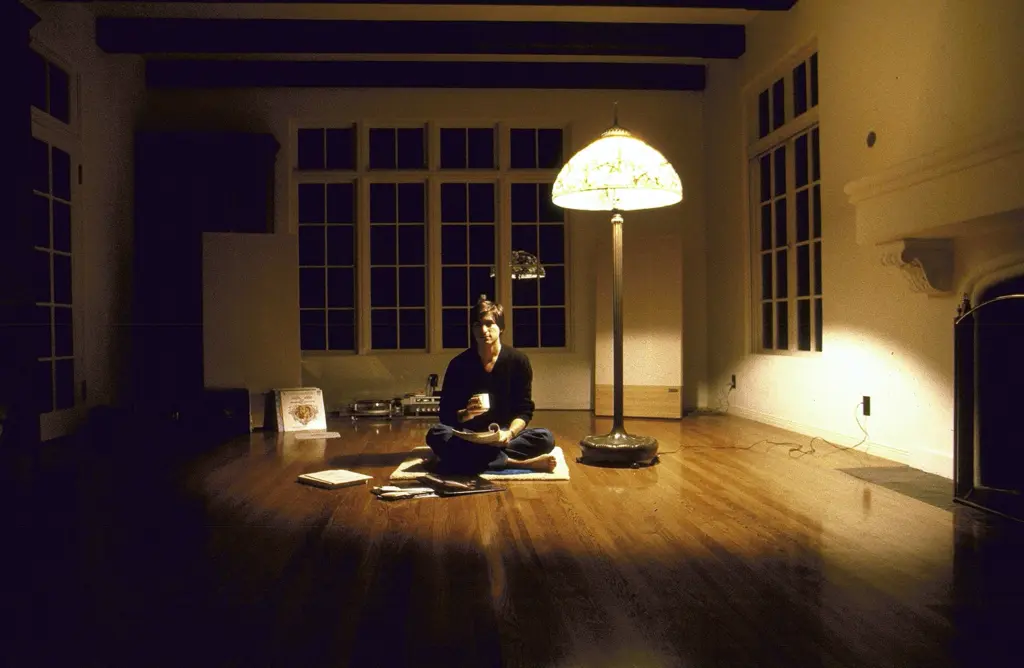Lessons from Bruce Lee on How Communication Should Flow

I have always enjoyed being around the ocean, especially in warm locations. If you do a search on my site for “beach” you will see pictures of a very happy Jeremy. OK, so before I bore you with how much I love the ocean, I have to get to the point of this post. Communication is how I have made my living for almost half my life now. I live, eat, and sleep communications and rarely get surprised these days with new ways people choose to communicate.
I saw Bruce Lee’s “Be Like Water” video on YouTube a few years ago, and people at work know ever since I have referred to it when discussing challenges with communications in companies.
The Water Analogy
The reason the video resonated with me is I loved how Bruce Lee described water taking the shape of different things, as well as its different forms. I’ve visited a lot of companies over the years, and I’ve seen a lot of company cultures. I think many of us overlook how important communication is to our companies.
Countries fighting in wars know the value of communications because one of the first things they do when attacking an opposing side is attempt to disable as many communications as they can. If countries can’t communicate they can’t effectively organize, follow orders, and similarly businesses are the same way.
Water & Communication
“Empty your mind, be formless, shapeless, like water. If you put water into a cup, it becomes the cup. You put water into a bottle, it becomes the bottle. You put it in a teapot, it becomes the teapot. Now, water can flow or it can crash. Be water, my friend.”
— Bruce Lee
The Rainstorm Metaphor
Returning to our water analogy, everyone needs water to live and in many ways professionals must communicate in order to survive. How much or how little communication people send or receive determines how well they are able to receive it.
The Gutter Down spout
If you are in a rainstorm, and you want to capture water, one of the most efficient ways is to put a cup under a gutter down the spout. Similarly, if you want to capture the best audience when communicating, you find your funneled, or target audience.
The Open Mouth
If it is raining, and you run around with your mouth open, you will get wet, but you’ll also stay thirsty. In business, many of us are communicating, but how many times have you heard employees are being “flooded with information”?
How to Effectively Communicate Without “Getting Yourself All Wet”
Take a Temperature Check
Understand your audience. Will the person I am communicating with care, and is it pertinent to them? If no, what will it take to make them care of for it to be pertinent for them?
Don’t Belly Flop
If you jump in without checking your grammar, you might not get taken seriously.
Use the Raindrop Method
Default to the raindrop method when communicating, rather than flooding your audience with too much information.
No Splashing in the Pool
Get to the point. You can swim, and you can splash, but when you get to the other side of the pool, people will appreciate you a lot more if you don’t make waves by talking too much.
Like Bathing, Do It Often
But only as needed.
One Step at a Time
When people first learn to swim, they need to know the basic mechanics before you throw them “in the deep end.”
Hire Lifeguards
At the beach and many of the pools, we hire lifeguards to make sure people follow the rules and help those who need it. In business, if you don’t have a person or team making sure people follow the rules, chances are, they won’t.
Don’t Be a Prune
Make your communication short and sweet. If you stay in water too long, you’ll turn into a prune. Prunes aren’t cool, and you won’t be either.
Communications in a company can flow, or it can crash. Be water, my friend!
